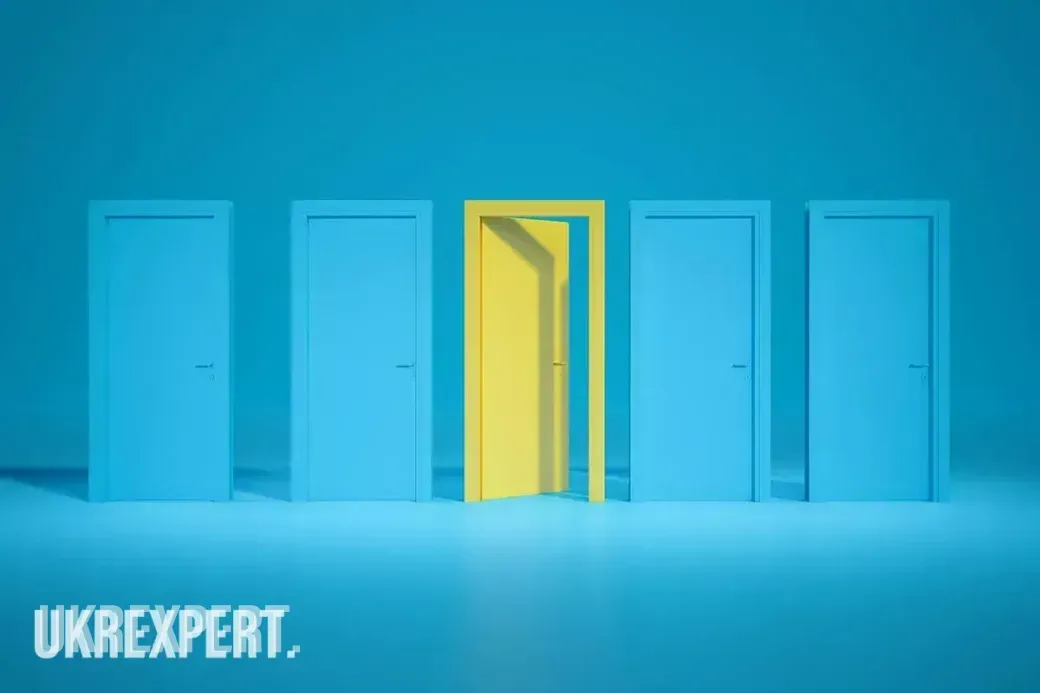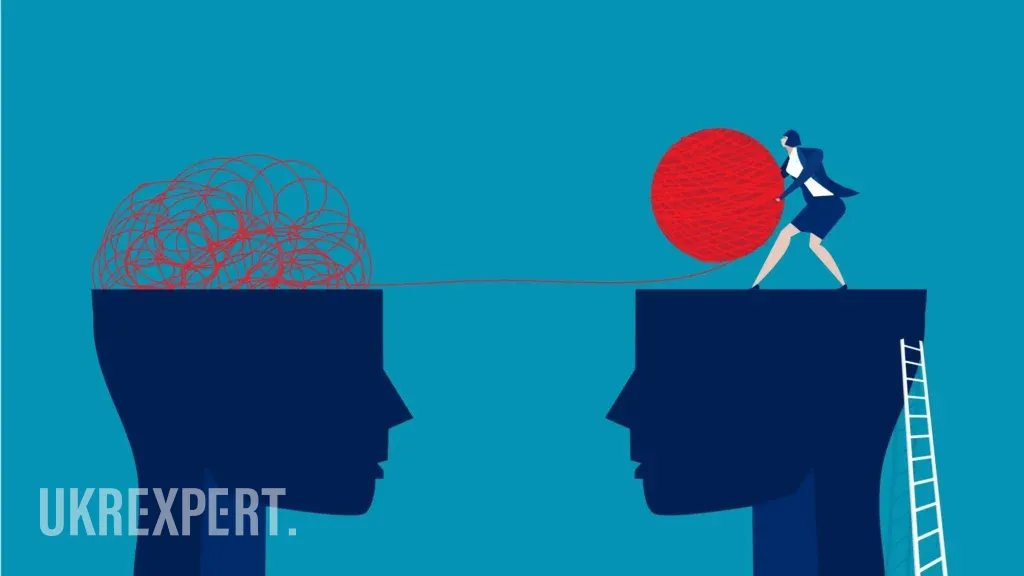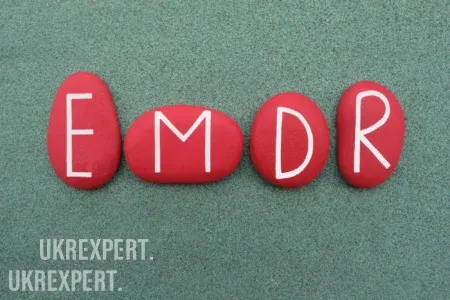
What is open Gestalt and how does Gestalt therapy work?

We’ve all heard the phrase “close the gestalt,” but what does it mean? And how can it affect our lives? In this article, we’ll explore the concept of Gestalt, learn what open Gestalt is, and how Gestalt therapy can help us in our lives.
What is Gestalt in psychology?
The term “Gestalt” comes from the German language and means “form” or “structure”. In psychology, this concept is used to refer to the holistic, organized structures of perception that we form on the basis of various elements. Gestalt is a holistic image that is perceived by the mind as something inseparable. It can be an image of an object, a person, a situation, or even an emotion. Gestalt psychology argues that we perceive the world not as a sum of separate parts, but as holistic images.
What is open gestalt in simple terms?
An open gestalt is an unfinished situation that does not give us peace of mind. It can be an unfinished conversation, an unrealized desire, or even a traumatic experience.
It happens that a person faces a difficult situation that causes strong emotions. If a person is unable to solve the problem, he or she develops an open gestalt. This can be caused by unresolved conflicts in the family or dangerous situations.
When the gestalt is not closed, it “hangs” in our minds and continues to influence our lives.
For example, a person may have an open Gestalt in the form of an unresolved conflict with their father. Regardless of the fact that he or she is now an adult, this conflict may remain unresolved and affect his or her relationships with other people and his or her well-being.
A few more examples of open gestalts for understanding:
- Unfinished conversation. You had a fight with a friend but never talked to them to solve the problem.
- Unrealized desire. You’ve always dreamed of traveling the world, but never took the plunge.
- Traumatic experience. You have experienced an accident or the loss of a loved one, but you still can’t come to terms with it.
Having an open gestalt makes it very difficult to find harmony and inner peace, so psychologists advise undergoing therapy. It can be difficult to cope with this problem on your own.
When does an open gestalt appear?
An open gestalt can appear in any situation where our need has not been met. This may be due to external factors (for example, we were not given the opportunity to realize our dreams) or internal factors (for example, we were unable to emotionally experience a loss). That is, the reason does not necessarily have to be something tragic or large-scale.
Why do you need to close gestalts?
The human brain is designed in such a way that it needs to complete a process. Therefore, any unfinished action leads to psychological discomfort.

Read also our article: What is Emdr: how does Emdr therapy work and why is it effective against trauma?
Open Gestalt often spoils life. It affects many areas at once, namely:
- Emotional impact. Unresolved Gestalt can cause negative emotions such as stress, anxiety, irritation, or sadness. An unresolved trauma or unresolved conflict can cause constant internal discomfort and emotional suffering.
- Psychological impact. It affects our thinking, causing negative reasoning, distorted perceptions of situations, or inconsistent understanding of our own feelings and needs.
- Behavioral impact. An uncovered gestalt can influence behavior by prompting unconstructive actions or reactions. For example, a person may avoid situations that remind them of an unresolved conflict or trauma, or, on the contrary, react to them aggressively or defensively.
- Interpersonal relationships. Uncovered gestalts also affect our relationships with other people, leading to conflicts, misunderstandings, or feelings of alienation.
In addition, a person may not realize that the cause of his or her anxiety and problems lies in the open Gestalt. It is very important to notice the problem in time and solve it with a Gestalt therapist.
Closing the gestalt will help you better understand yourself, get rid of negative emotions, draw conclusions, and move on.
We also offer you to read an article on our portal – How Emdr therapy works and why it is effective against psychological trauma.
How Gestalt therapy works: 3 principles
Gestalt therapy is a method of psychotherapy that helps people close unfinished gestalts. The therapist helps the client to become aware of their needs, feelings, and emotions related to the unclosed gestalt. This enables the client to work through the situation and draw conclusions from it.

Gestalt therapy is based on the principles of integrity, consciousness, responsibility, and the moment. Gestalt therapy focuses on what is happening to the client in the here and now, not on the past or future.
The process of Gestalt therapy usually includes several key stages:
- Establishing contact. The initial step is to establish rapport between the therapist and the client. The therapist creates a safe and supportive environment where the client can feel comfortable and openly share their feelings, thoughts, and experiences.
- Awareness and exploration. The therapist helps the client become aware of their uncovered gestalts by focusing on their presence in the present moment. This may include attention to emotions, physical sensations, interpersonal interactions, and other aspects of the client’s experience.
- Experiments and exercises. Gestalt therapy uses a variety of experiments and exercises to help clients increase their awareness and understanding of their Gestalts. These can include role-playing, creative exercises, graphic methods, and other techniques.
- Dialogue and interaction. An important component of Gestalt therapy is the dialog between the client and the therapist. During this dialog, the therapist actively listens and perceives the client, creating space for their expression and reflection.
- Integration and closure. The last stage is the integration and closure of unclosed gestalts. The therapist facilitates the process of acceptance and understanding of these holistic perceptual structures by helping the client find ways to close them and integrate them into their lives.
Gestalt therapy helps clients to develop consciousness, express their feelings and thoughts, change negative patterns of behavior, and achieve psychological well-being and personal development.
Gestalt therapy will help you learn to understand yourself and others, get rid of negative emotions, and set new goals for a happy future.
All about Gestalt therapy in simple words – video
Learn Gestalt therapy techniques from the video:
Frequently asked questions about Gestalt therapy
No, open gestalts can be useful tools for personal development, creative expression, or problem solving. They can be an impetus and even educate a person.
A person will receive such bonuses as a feeling of lightness and happiness, the release of a large amount of energy that can be directed to another area, improved mental health, and an overall improvement in life.
Gestalt therapy can help people with various problems, such as anxiety, depression, anger, low self-esteem, difficulty making decisions, and relationship problems.
Some methods of Gestalt therapy can be used in self-directed work on oneself, but professional support is often required to effectively address unresolved Gestalts.
The author of the Portal UKRexperts
Співпраця - текст
We are sure that knowledge should be accessible to everyone, and that is why UkrExperts strives to be your first choice when it comes to enriching intellectual potential.



